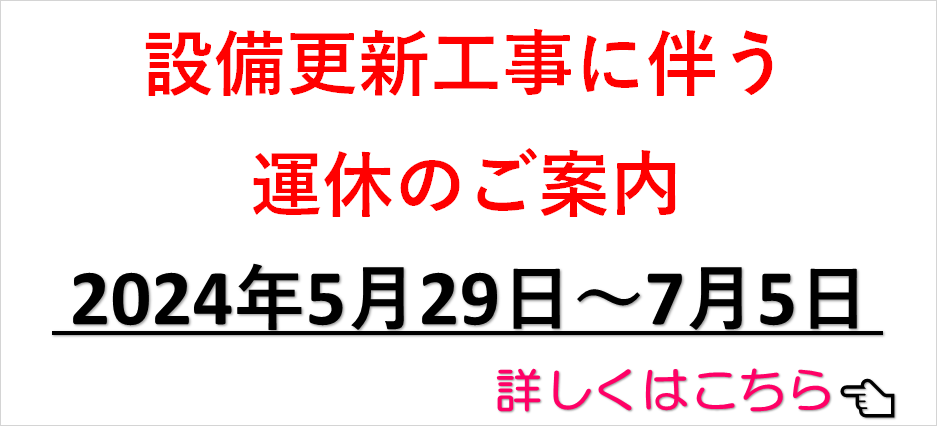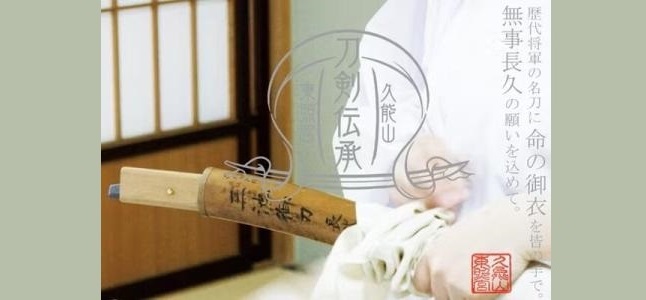
Admissions & Ticketing
Fares
General Fares Click Here for Coupons
Adult
Round Trip
: 1,250 yen
One Way : 700 yen
One Way : 700 yen
Child
(Ages 4-12)
(Ages 4-12)
Round Trip
: 630 yen
One Way : 350 yen
One Way : 350 yen
Combo Ticket: includes a round trip ropeway ticket, admission to Toshogu Shrine
Adult (16 and older):
1,750 yen
Child (Ages 13 to 15):
1,450 yen
Child (Ages 6 to 12):
830 yen
Combo Ticket: includes a round trip ropeway ticket, admission to Toshogu Shrine and the Museum *Combo Tickets are only available at Nihondaira Station (We accept Japanese yen only)
Adult (16 and older):
1,950 yen
Child (Ages 13 to 15):
1,470 yen
Child (Ages 6 to 12):
880 yen
Annual Pass
Price
3,500 yen
*General Fare: Adult One Way 700 yen, Round Trip 1,250 yen
*General Fare: Adult One Way 700 yen, Round Trip 1,250 yen
Discount
Admission to the Shrine: 500 yen → 400 yen
Admission to the Museum: 400 yen → 350yen
The Shrine + Museum: 800 yen → 700 yen
Admission to the Museum: 400 yen → 350yen
The Shrine + Museum: 800 yen → 700 yen
Valid Period
A pass is valid for one (1) year from the date of purchase.
Who Can Purchase a Pass
A pass is non-transferable and can only be issued to an individual, not a business.
Where to Purchase
A pass can be purchased at Nihondaira Station and Kunouzan Station
Group Discount: General Group (25 or more) * One (1) person will receive one (1) free complementary ticket (limit six (6) free tickets) for every 50 tickets purchased in one (1) transaction.
Adult
Round Trip
: 1,130 yen
One Way : 630 yen
One Way : 630 yen
Child
(Ages 4-12)
(Ages 4-12)
Round Trip
: 570 yen
One Way : 320 yen
One Way : 320 yen
Student Group Discount
Nursery School, Kindergarten, Elementary School and Junior High School:
* One (1) teacher/instructor will receive one (1) free complementary ticket for every 30 student tickets purchased.
* Companion parents are included in the total number of students.
High School, Vocational College and University:
One (1) person will receive one (1) free complementary ticket (limit six (6) free tickets) for every 50 tickets purchased in one (1) transaction.
Adult
Round Trip
: 1,000 yen
One Way : 560 yen
One Way : 560 yen
Child
(Ages 4-12)
(Ages 4-12)
Round Trip
: 510 yen
One Way : 280 yen
One Way : 280 yen
Tickets for admission to Kunouzan Toshogu Shrine are only available from the Shrine ticketing window.
They are NOT available at the Ropeway ticketing window.
Groups of 25 or more are eligible for a group discount fare. Please contact the Toshogu Shrine office for details.
Adult
Shrine Buildings
: 500 yen
Museum : 400 yen
Combined Admission : 800 yen
Museum : 400 yen
Combined Admission : 800 yen
Child
(Ages 6 to 15)
(Ages 6 to 15)
Shrine Buildings
: 200 yen
Museum : 150 yen
Combined Admission : 300 yen
Museum : 150 yen
Combined Admission : 300 yen
Customers Travelling With Pets
All animals must fit entirety within pet carriers during the ropeway ride.
Ropeway Timetable
From Nihondaira Station Departures
9
10
30
45
Every 15 min.
10
00
15
30
45
Every 15 min.
11
00
10
20
30
40
50
Every 10 min.
12
00
10
20
30
40
50
Every 10 min.
13
00
10
20
30
40
50
Every 10 min.
14
00
10
20
30
40
50
Every 10 min.
15
00
15
30
45
Every 15 min.
16
00
15
30
45
Every 15 min.
From Kunouzan Station Departures
9
30
45
Every 15 min.
10
00
15
30
45
Every 15 min.
11
00
10
20
30
40
50
Every 10 min.
12
00
10
20
30
40
50
Every 10 min.
13
00
10
20
30
40
50
Every 10 min.
14
00
10
20
30
40
50
Every 10 min.
15
00
15
30
45
Every 15 min.
16
00
15
30
45
Every 15 min.
17
00
Every 15 min.
The ropeway changes its departing schedule to every 5 minutes when experiencing heavy passenger volume. Please note that gondolas may leave earlier than the regularly scheduled time when this occurs. The ropeway may also run on a special time table during peak seasons and holidays.
Route Bus
For more details, please check the following link.





 Driving from East
Driving from East  Bus
Bus  Taxi
Taxi